-
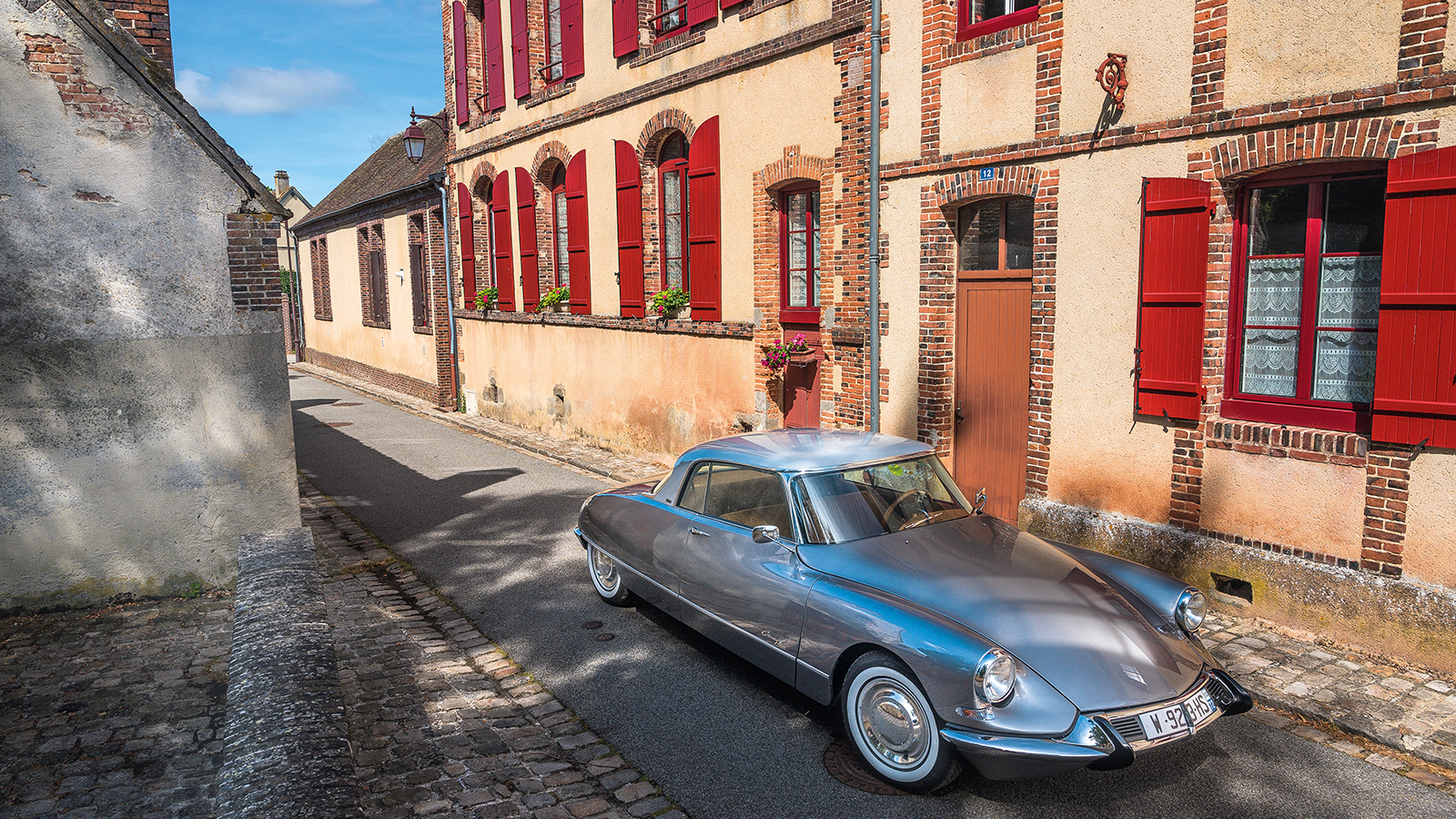 © Olgun Kordal/Classic & Sports Car
© Olgun Kordal/Classic & Sports Car -
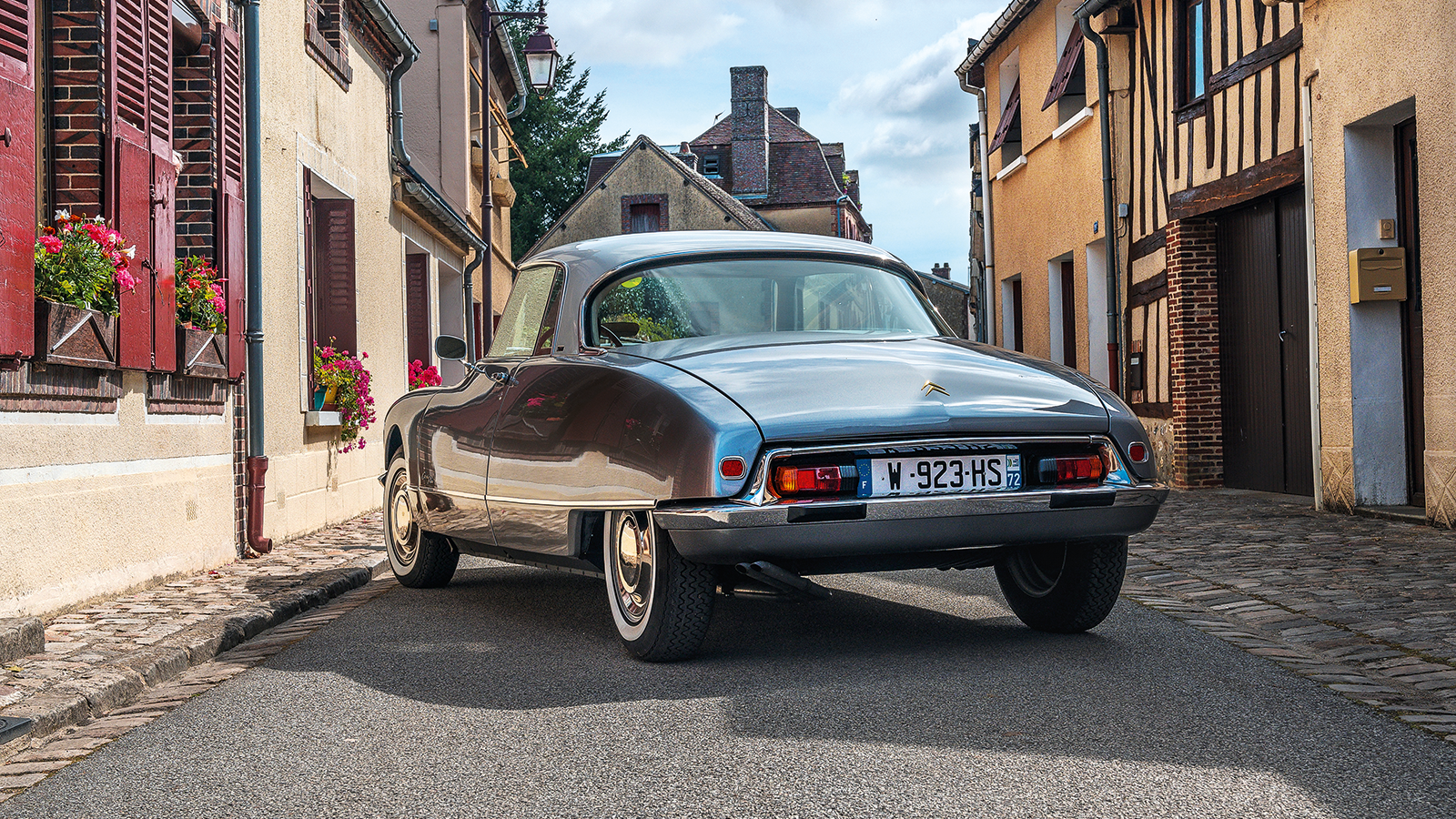 © Olgun Kordal/Classic & Sports Car
© Olgun Kordal/Classic & Sports Car -
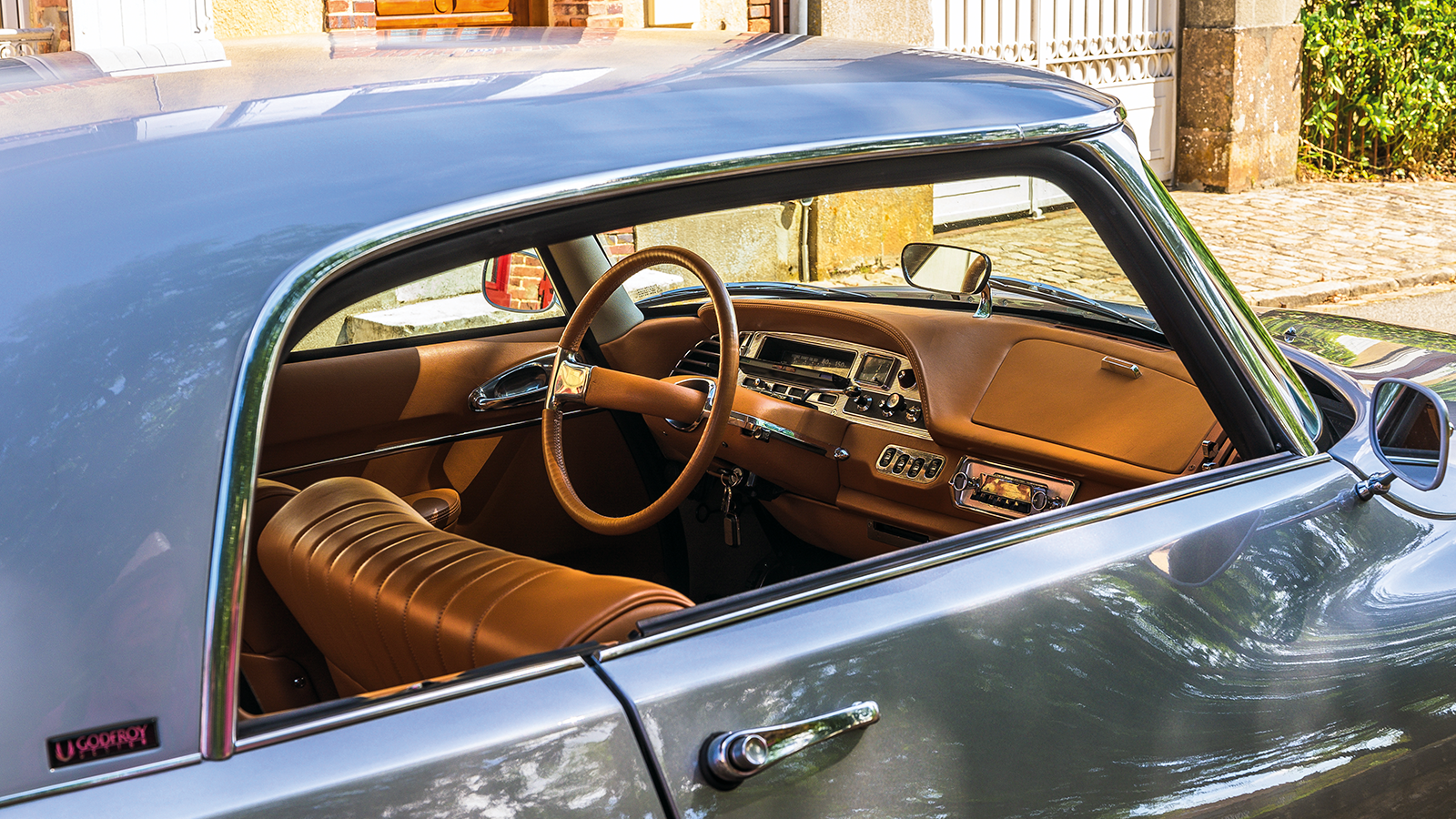 © Olgun Kordal/Classic & Sports Car
© Olgun Kordal/Classic & Sports Car -
 © Olgun Kordal/Classic & Sports Car
© Olgun Kordal/Classic & Sports Car -
 © Olgun Kordal/Classic & Sports Car
© Olgun Kordal/Classic & Sports Car -
 © Olgun Kordal/Classic & Sports Car
© Olgun Kordal/Classic & Sports Car -
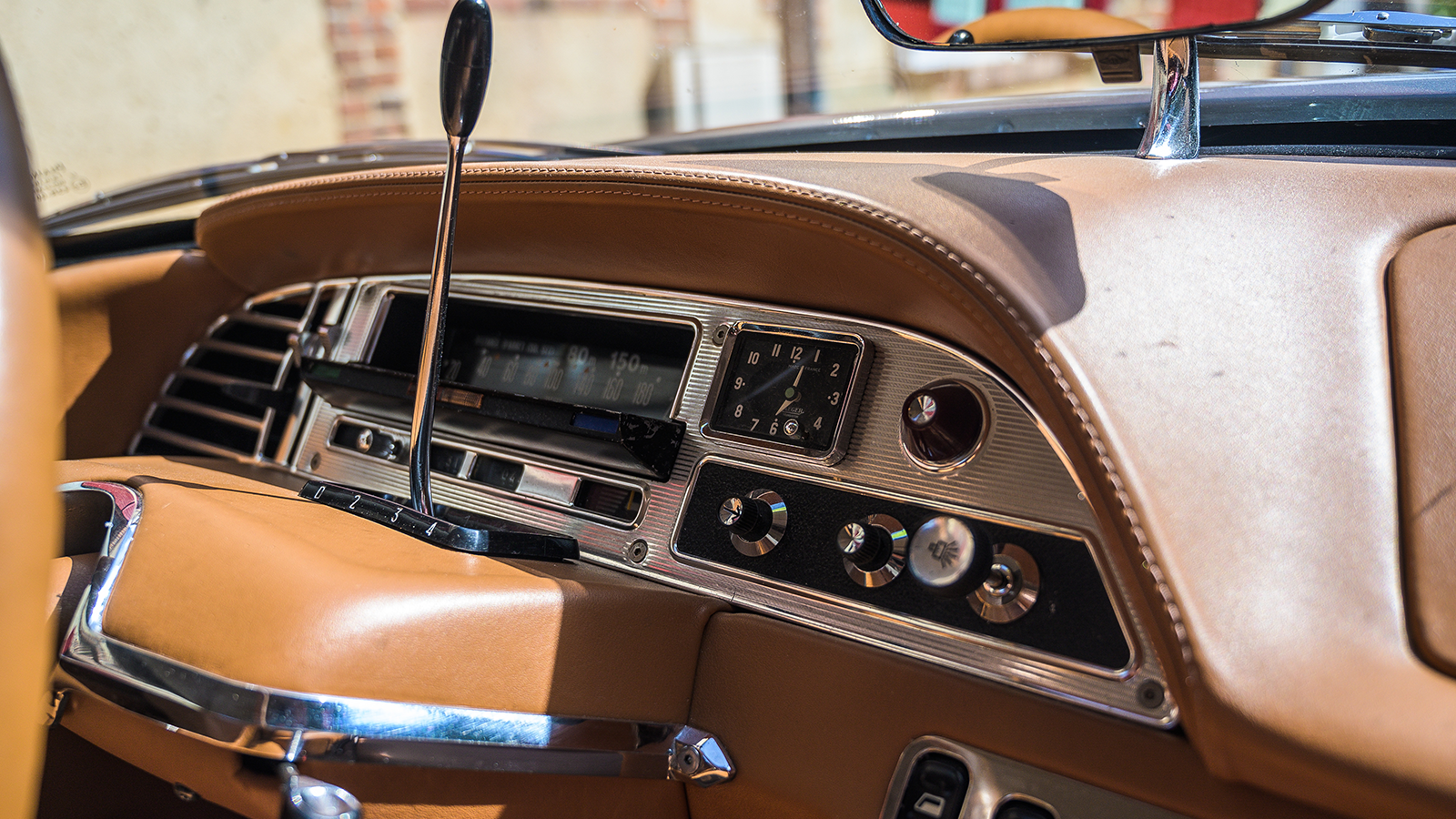 © Olgun Kordal/Classic & Sports Car
© Olgun Kordal/Classic & Sports Car -
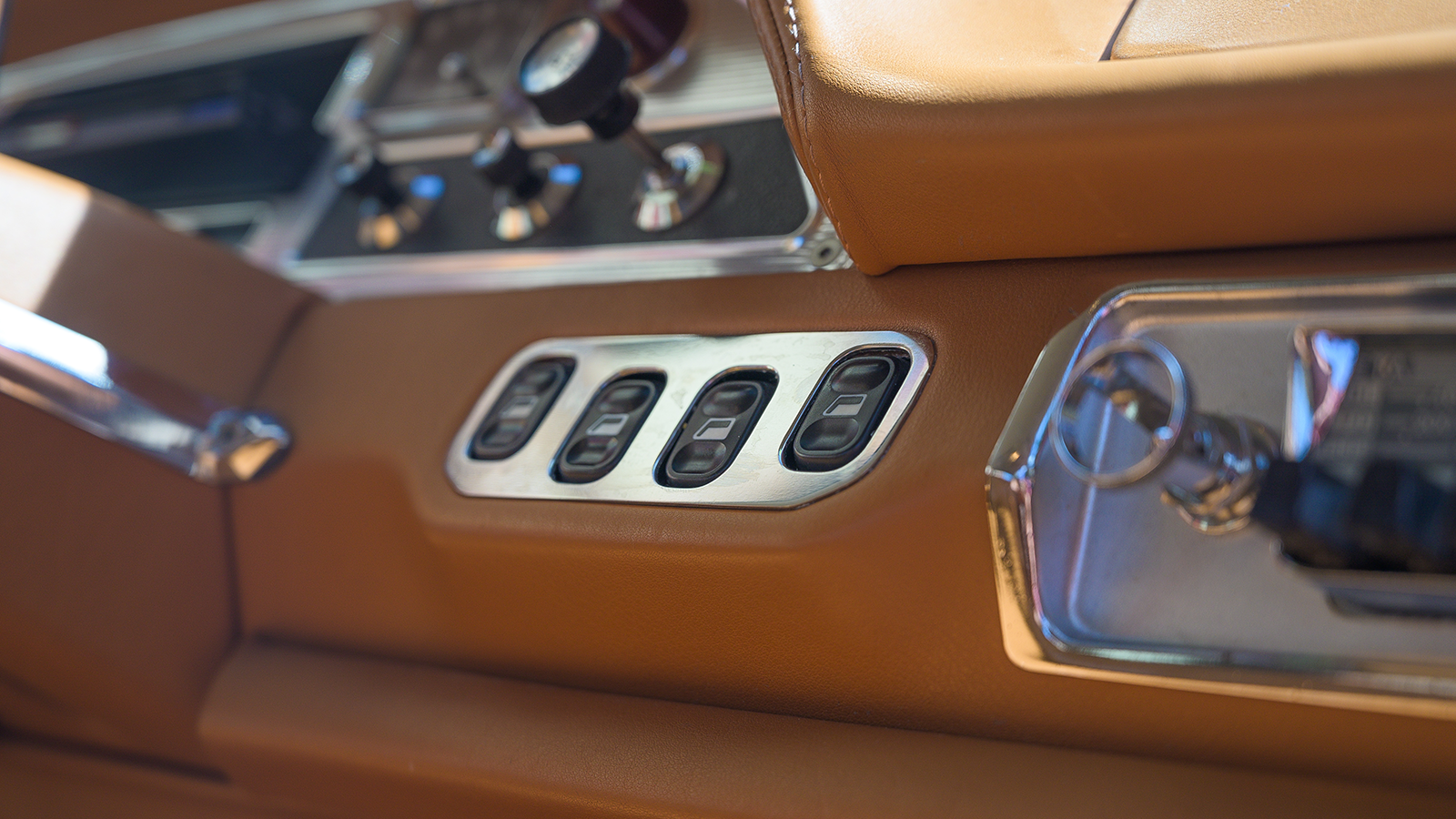 © Olgun Kordal/Classic & Sports Car
© Olgun Kordal/Classic & Sports Car -
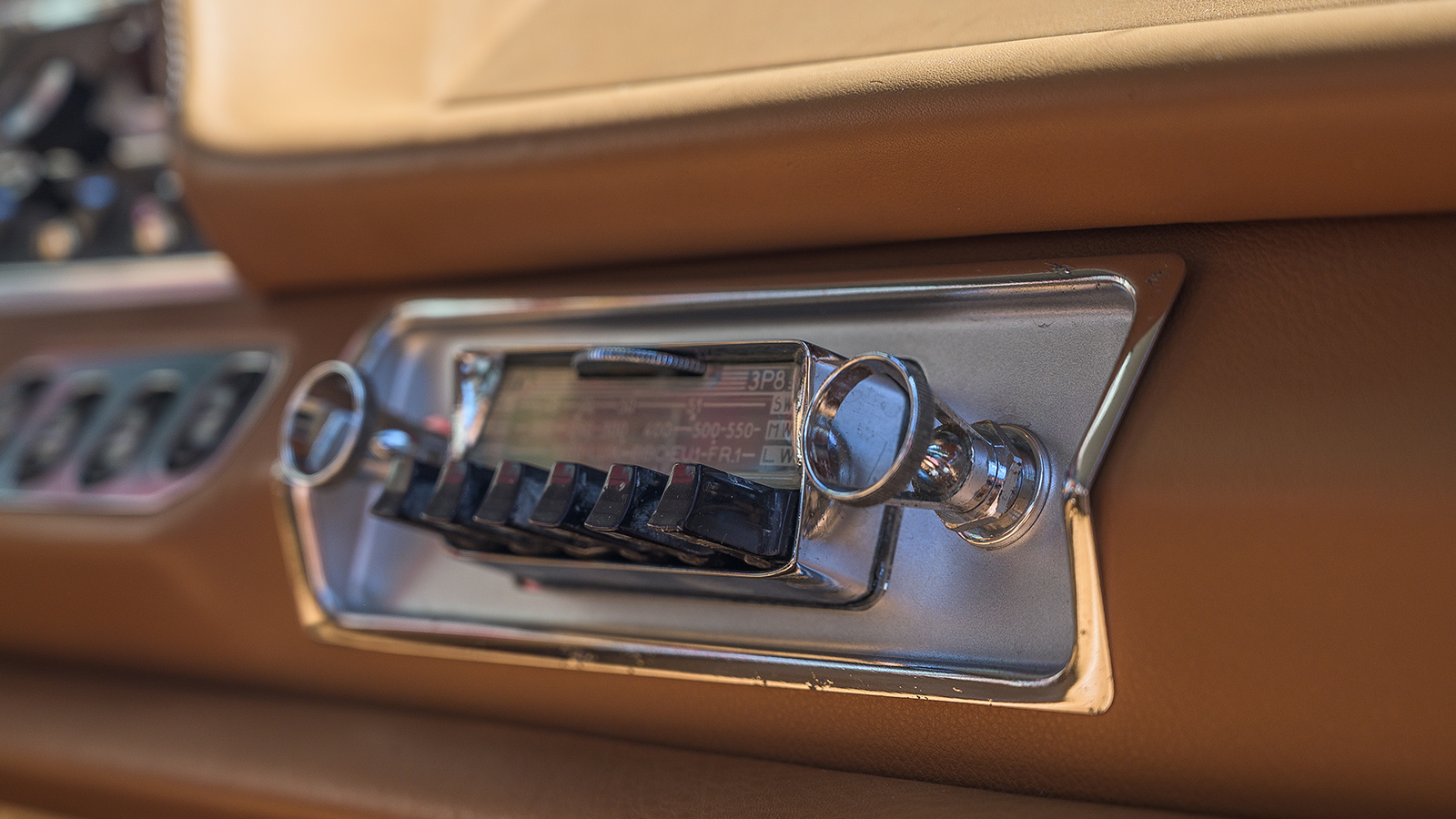 © Olgun Kordal/Classic & Sports Car
© Olgun Kordal/Classic & Sports Car -
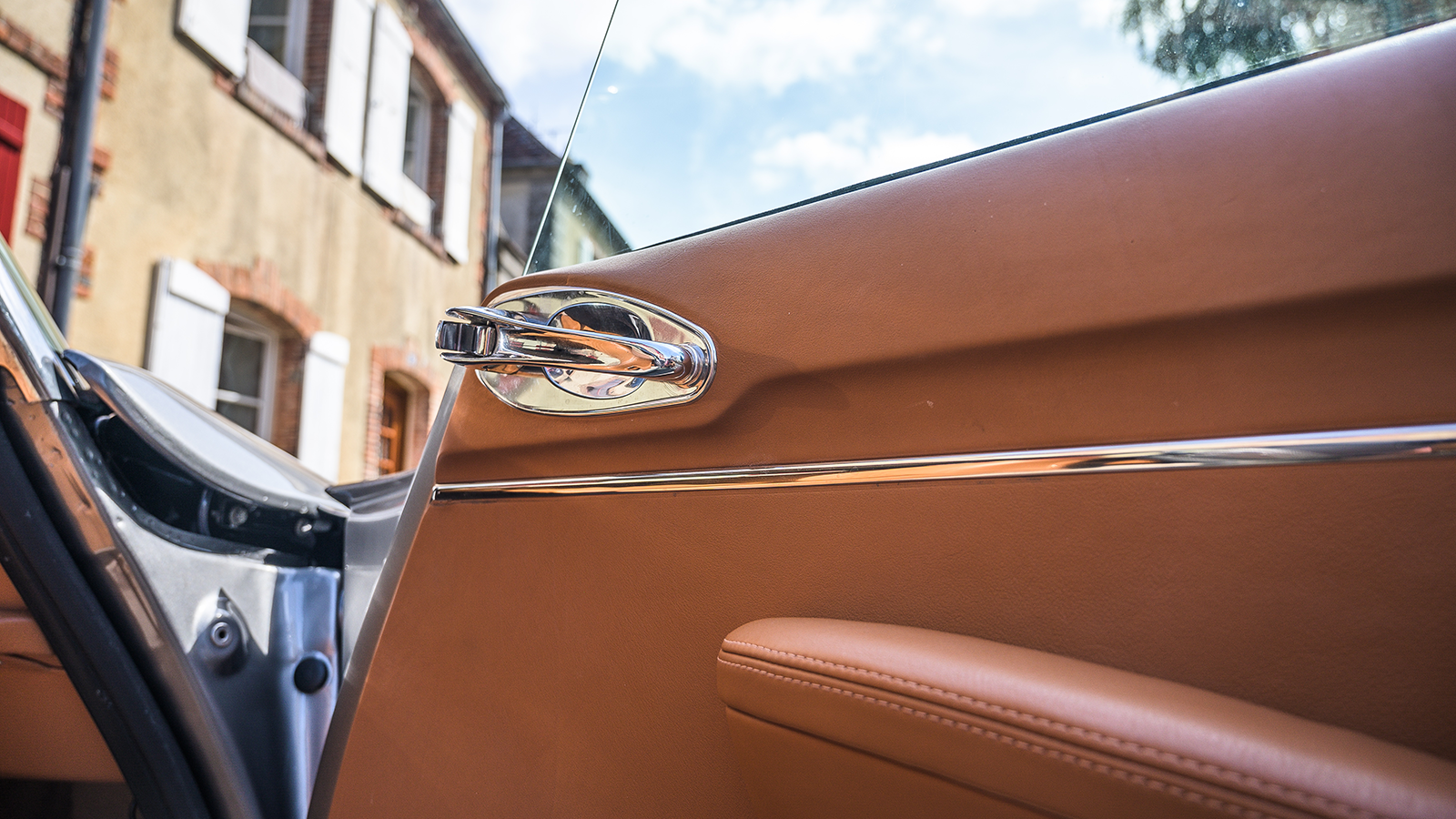 © Olgun Kordal/Classic & Sports Car
© Olgun Kordal/Classic & Sports Car -
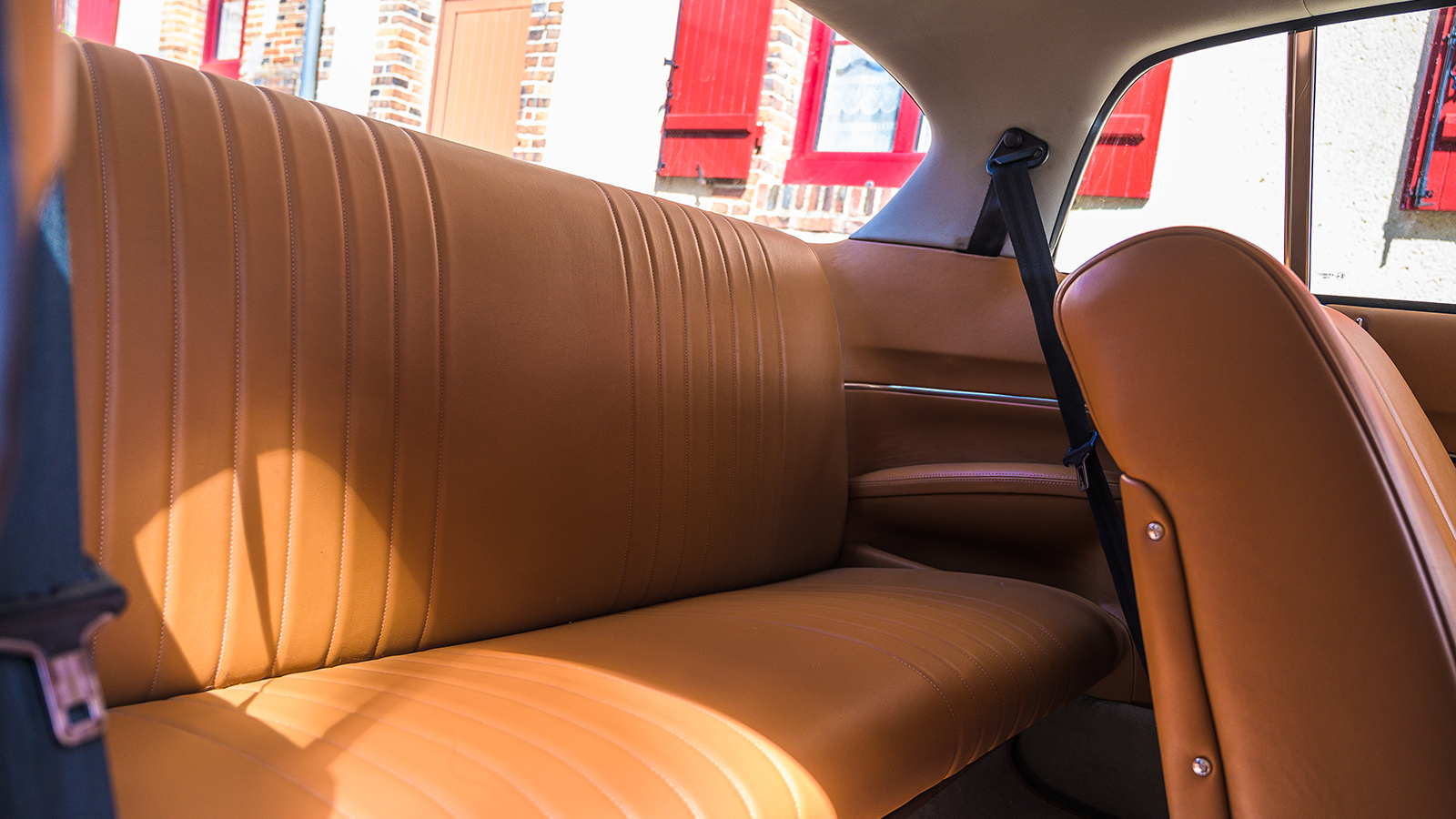 © Olgun Kordal/Classic & Sports Car
© Olgun Kordal/Classic & Sports Car -
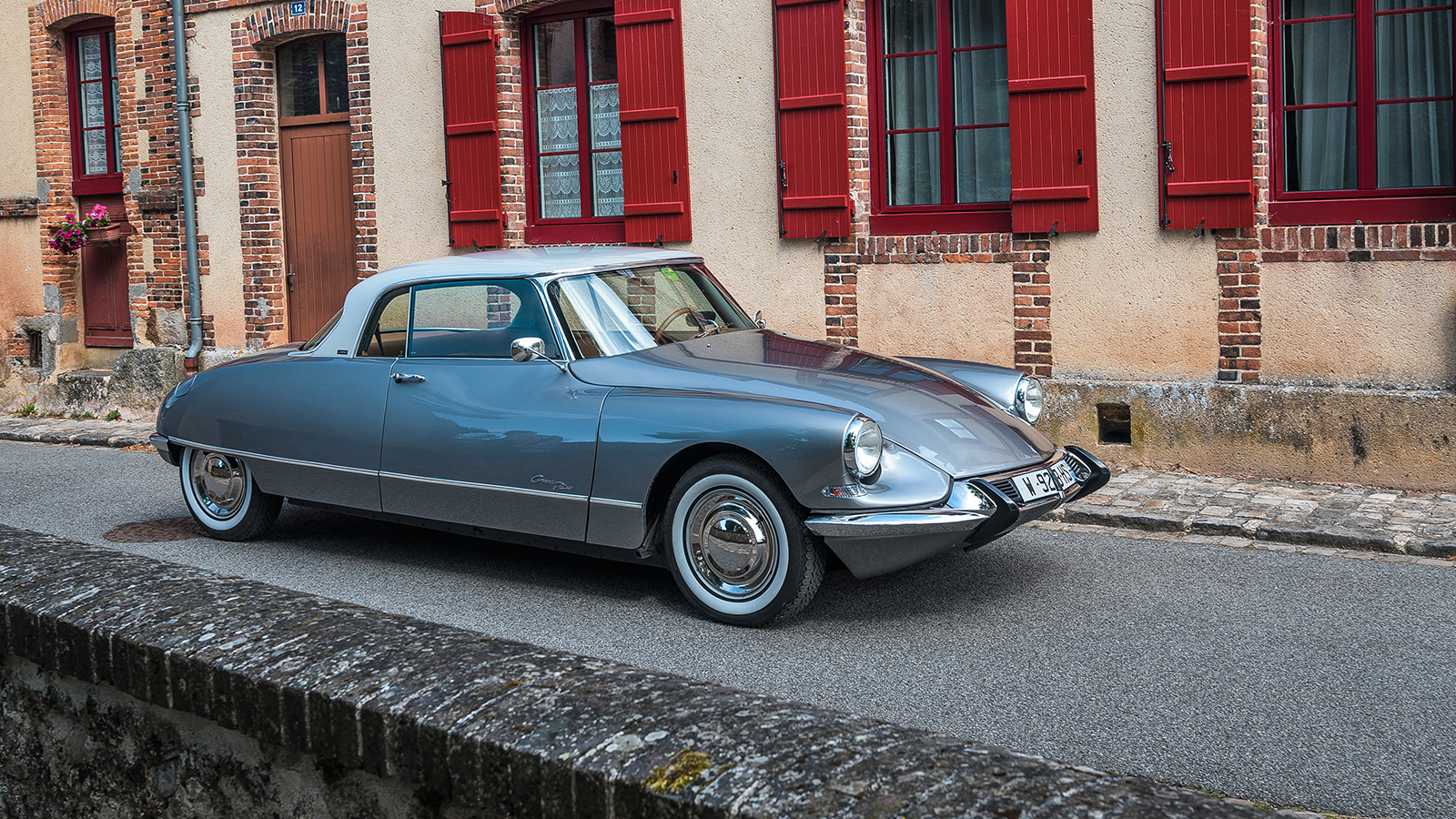 © Olgun Kordal/Classic & Sports Car
© Olgun Kordal/Classic & Sports Car -
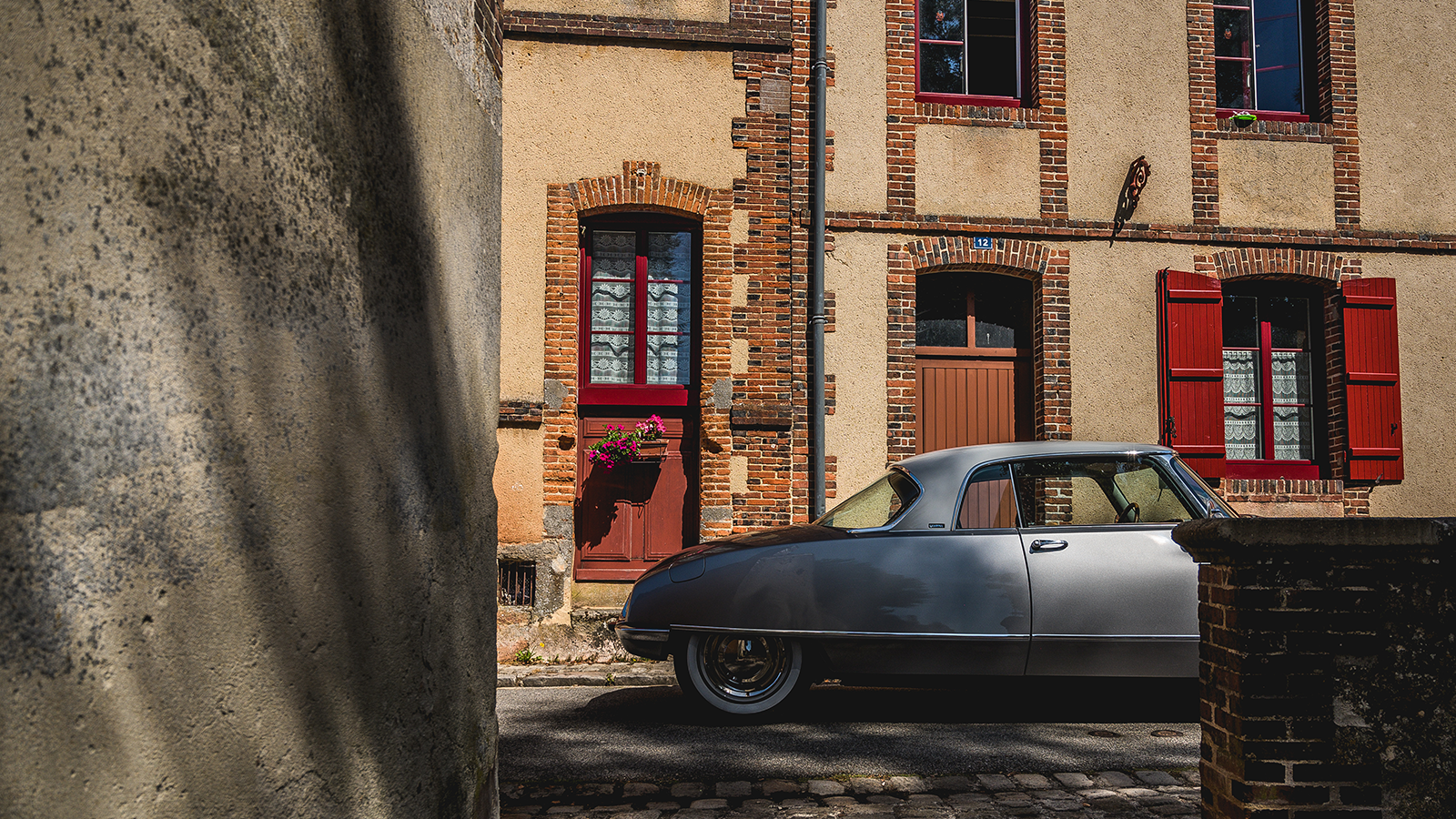 © Olgun Kordal/Classic & Sports Car
© Olgun Kordal/Classic & Sports Car -
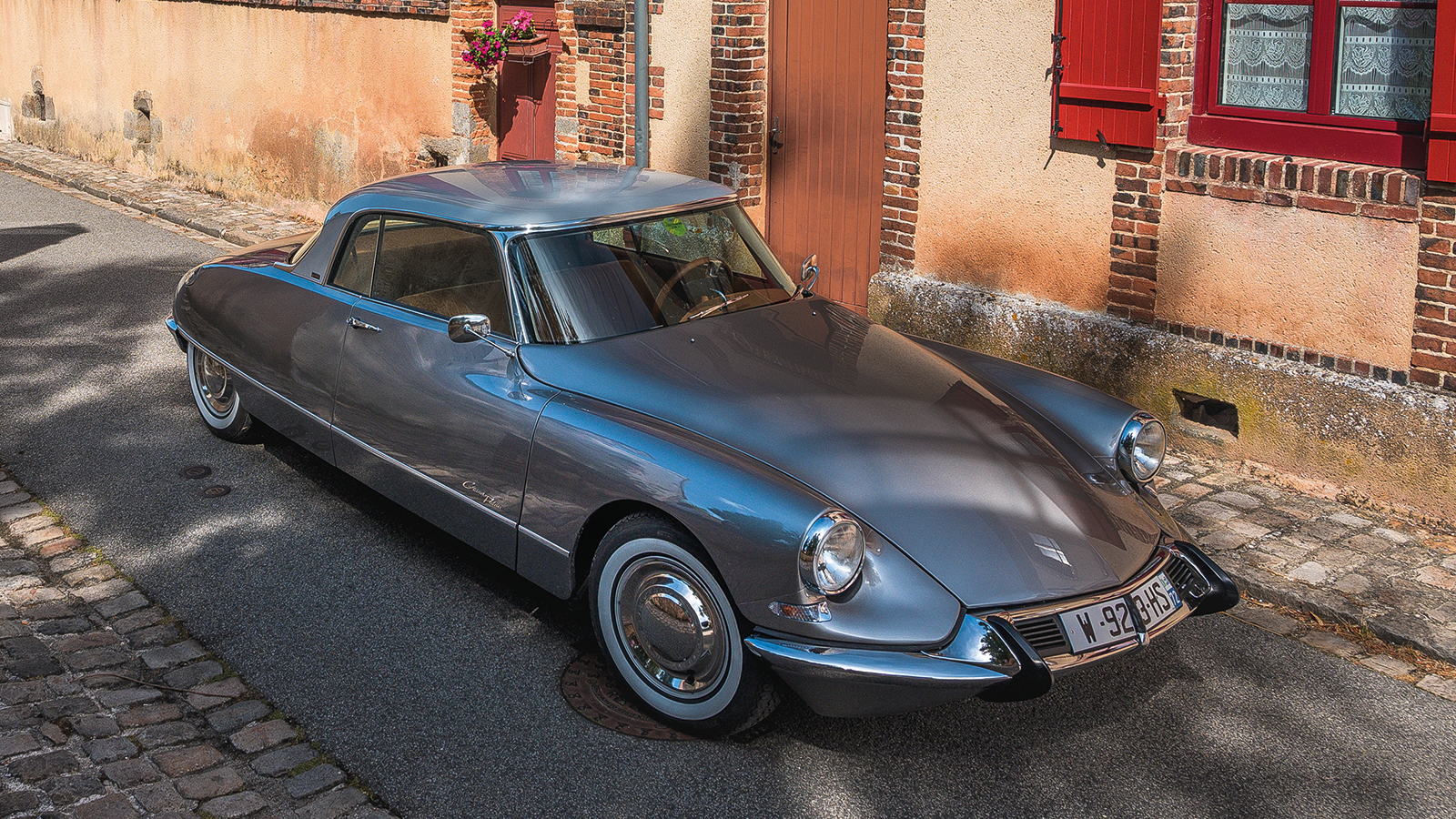 © Olgun Kordal/Classic & Sports Car
© Olgun Kordal/Classic & Sports Car -
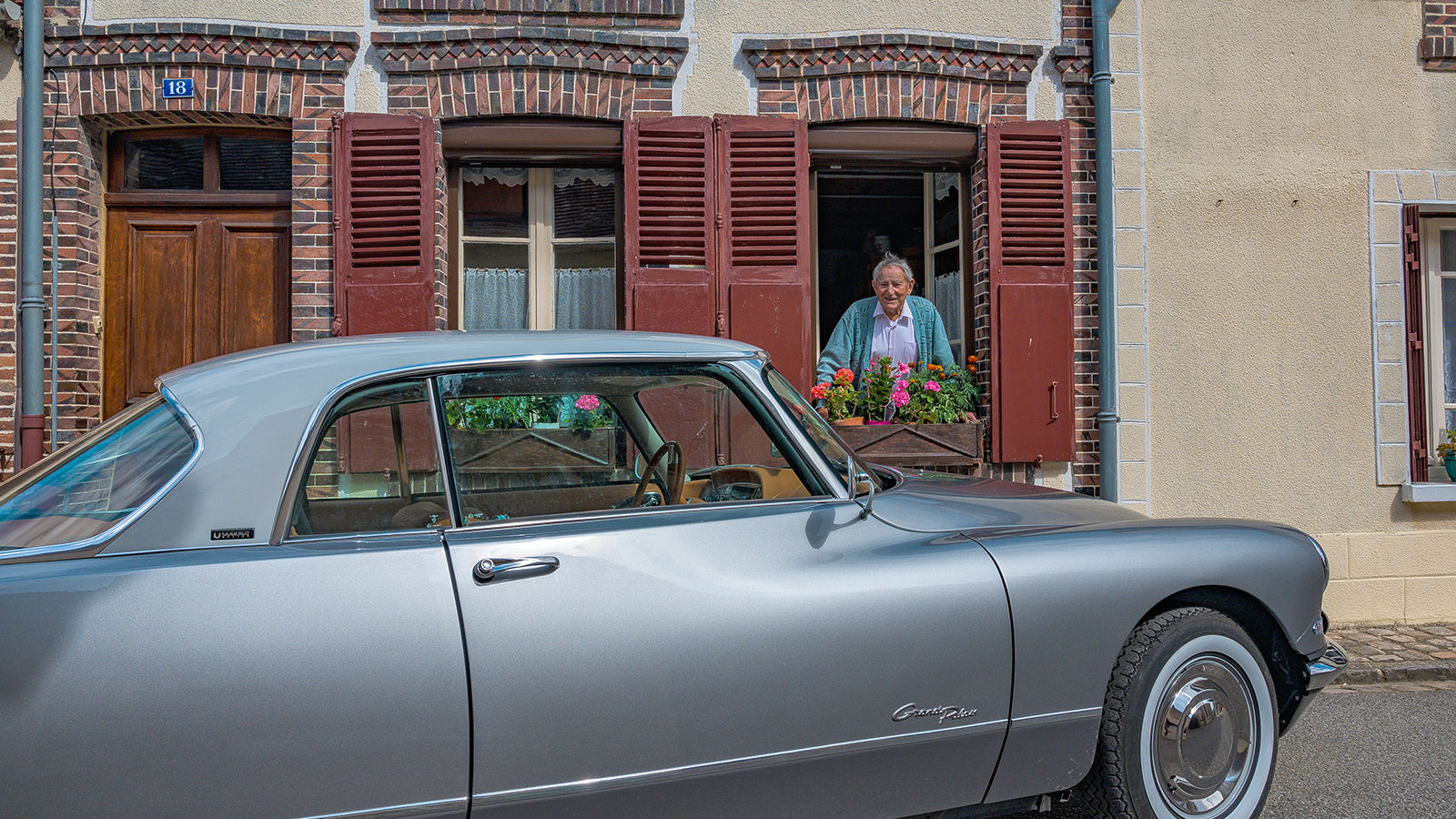 © Olgun Kordal/Classic & Sports Car
© Olgun Kordal/Classic & Sports Car -
 © Olgun Kordal/Classic & Sports Car
© Olgun Kordal/Classic & Sports Car -
 © Olgun Kordal/Classic & Sports Car
© Olgun Kordal/Classic & Sports Car
-
Believe what you’re seeing
We’ve all got them. Those ‘what if’ cars. The cars that the manufacturer somehow never got around to making. Dream projects.
But sometimes, just occasionally, there’s a brave soul who has the talent and the resources to make a reality out of their dream.
Such a man is Gérard Godfroy, and the result is a pillarless two-door DS coupé that doesn’t just look gorgeous, but also appears as if it’s rolled straight off a Citroën production line.
-
Rear appeal
As you might expect, the DS Grand Palais is not the work of an amateur: Godfroy is a well-known automotive and industrial designer.
He worked at Peugeot, with coachbuilder Heuliez and for 11 years at Venturi, while also taking on other projects such as the amphibious Hobbycar.
The starting point for this creation was simple: his coachbuilder colleague and long-time collaborator Christophe Bihr wanted to convert a DS saloon into a replica Chapron ‘factory’ cabriolet.
“I said that with our shared abilities we could do something much more original,” says Godfroy. “There are so many people doing cabriolets, so I persuaded him to do a coupé.”
-
The view you’ve been waiting for
“With a coupé I could do something more personal, but respecting the spirit of the original – which meant a very curved back window, and rounded contours at the rear.
“I also wanted a pillarless glasshouse, because with the windows wound down I actually find a car like that more agreeable to drive than something fully open.”
-
Hand-hewn form
The first drawings date from 2012, after which Godfroy worked on a computer.
Then he turned to the shaping of the buck, once the basic contours had been established by means of a slender tubular framework.
The final form was arrived at using blocks of polyurethane foam sculpted painstakingly by hand – echoing the technique of plaster sculpting used by DS designer, Flaminio Bertoni.
-
Taking it up a gear
“I wanted to get a bit more curvature into the rear wings – I wanted a much more rounded rear, to give more fluid lines and a more elegant reflection of light,” says Godfroy.
“On a ‘factory’ cabriolet the wings are much flatter, whereas here they bow out below the waistline crease. The idea was to retain the characteristics of the DS, but to take them to a higher level.”
It was then down to Bihr to build the car, starting out with a 1968 ‘basking shark’ DS21 carburettor saloon.
-
Beauty that’s more than skin deep
The paint, by Stéphane Champeau of Arnage, is complemented by a delightful tobacco-brown leather interior by Laurent Debraise of Sellerie Debraise.
And while there is a clear similarity to the DS inside this Grand Palais two-door, as you might’ve guessed, this is no faithful recreation.
-
Thoughtfully designed
The cockpit would be further improved, he feels, with a new set of round instruments.
An adaptation of the triple-dial cluster introduced for 1970 is one possibility, or maybe a two-dial set-up similar to that found on some Slough-built cars: “I want something that is nicely integrated. I don’t want something like the aftermarket Jaeger instrument panel, which is expensive and yet still looks like an accessory.”
-
Close to hand
Clever touches are everywhere, such as the way the radio has been moved towards the driver and the electric-window controls integrated into the middle of the dashboard.
“The door pockets mimic the original DS dashboard style, and the side panels at the rear curve inwards to meet the seat backrest, with a chrome strip that dips slightly towards the back, echoing the car’s waistline.”
-
The personal touch
“All of the interior was re-thought,” explains Godfroy.
“I had always felt that the design of the door trims on the DS wasn’t to the same standard as the exterior – they were a bit slipshod – and I wanted something a bit different, too.”
-
The sound of satisfaction
From the scuttle back the new body is made entirely in glassfibre, married to a steel front end of the type introduced for 1963 and with doors – extended by 10cm – in glassfibre with steel reinforcements.
More modern hinges and catches were used, and Godfroy is particularly proud of the quality ‘thunk’ with which the doors close.
-
Sharing the pleasure
And with a car as fabulous-looking as this fantasy classic, you’re going to want to share it with friends.
This coupé’s rear accommodation could never be called ‘spacious’, but that is a proper seat back there.
-
Strong and sexy
The body understructure is based around a strengthened chassis with beefed-up sills, and aft of the door aperture on either side there’s a stout A-shaped frame in folded steel, forming the centre pillar and the C-post.
Also in steel is the closing panel for the boot.
-
Built to last
The glasshouse – lower than on a regular DS saloon – is completely new, with more robust front and rear pillars and a tubular perimeter frame for the roof.
“It’s extremely rigid – there’s no structural ‘chattering’ even if you wind down all of the windows,” says Godfroy.
-
A major step forward
“It’s much stronger than the original. If you had a crash in a standard DS, the thing just came apart. This is far safer – you could have a roll-over accident and the roof wouldn’t be crushed.
“Also the DS always rusted badly, so once we had finished the structure it was given cataphoric rust-proofing.”
Despite the car’s increased rigidity, Godfroy has established that the finished Grand Palais weighs within 10-20kg of a factory DS saloon: “What we put into the car in reinforcement is compensated for by the lighter glassfibre panels.”
-
On a deadline
Inevitably, the process of creating the car took time. “Christophe was under the pressure of a deadline – to get it done while I was still alive,” jokes 73-year-old Godfroy.
“We spent thousands of hours on the project, between 2014 and 2019. I worked for six months full-time on the design, so that was 5000 hours. Then it took 6000 hours to build it. That should discourage people who might want to do something similar!”
-
A standalone project?
So will the Grand Palais remain a one-off? That was originally the idea, according to Godfroy: “At the outset it was just something for our own pleasure.
“But with the amount of work that went into the car, it makes sense to build more than one – especially given the enthusiasm with which it has been received.
“Maybe we could do four or five per year. That would be perfect. I’d estimate the cost at €150,000, but I’m not sure. We can’t do it at a loss.”
-
Surprise and delight
Meanwhile the car is fulfilling an important function, reckons its creator.
“Above all, I’m delighted that people like it so much. In my profession, the important thing is to transmit an emotion – and this emotion seems to be shared with a good number of people.”
